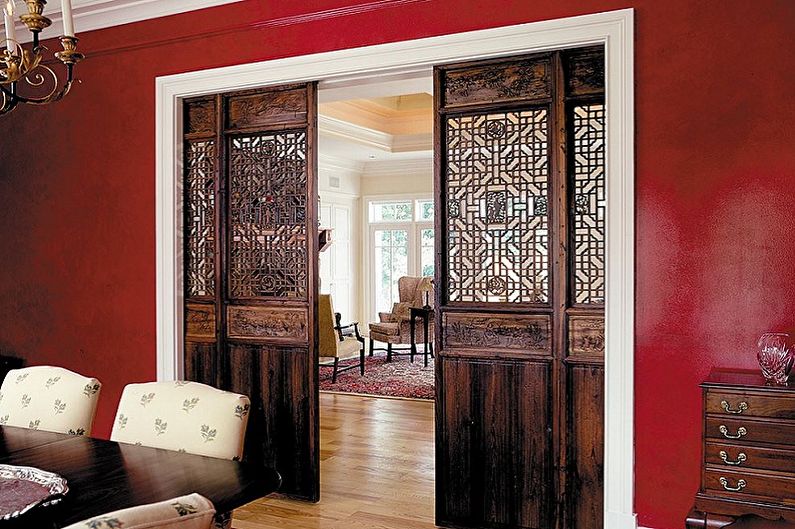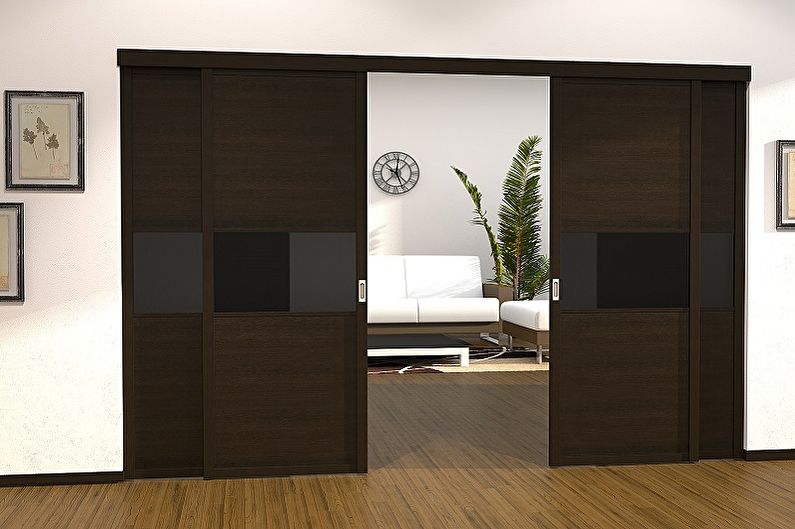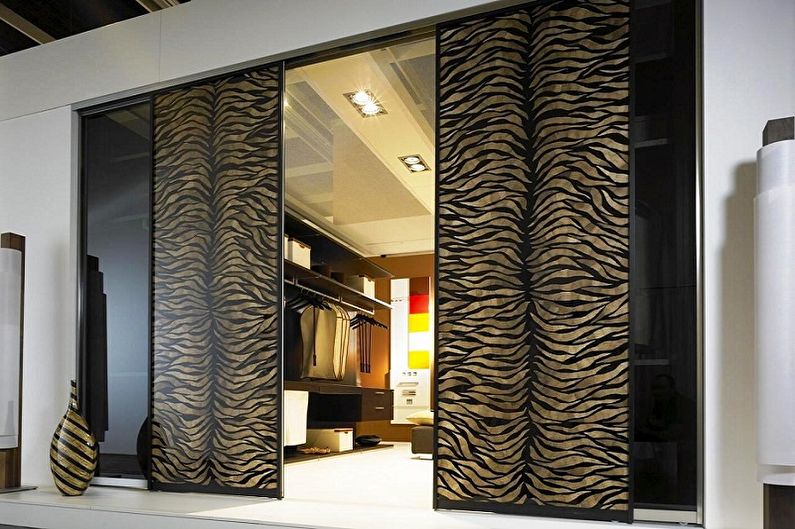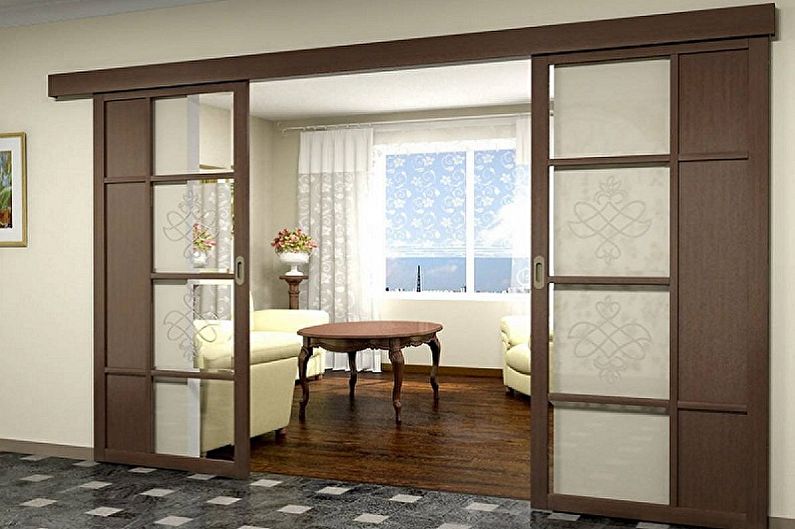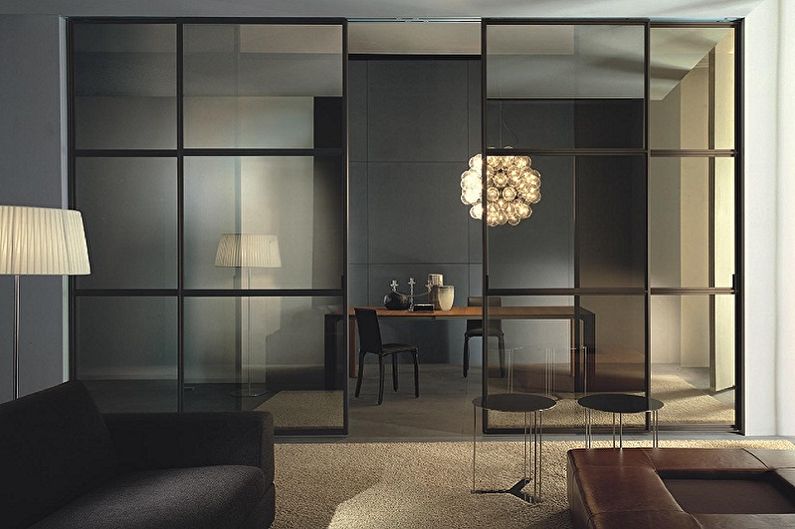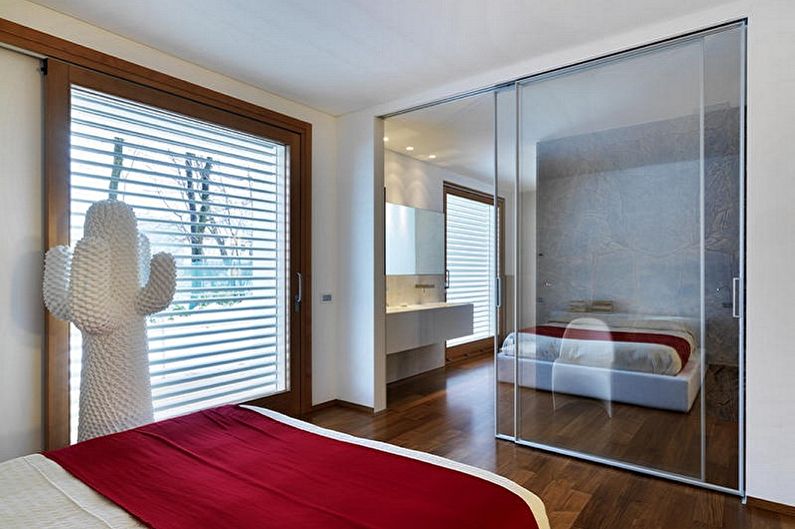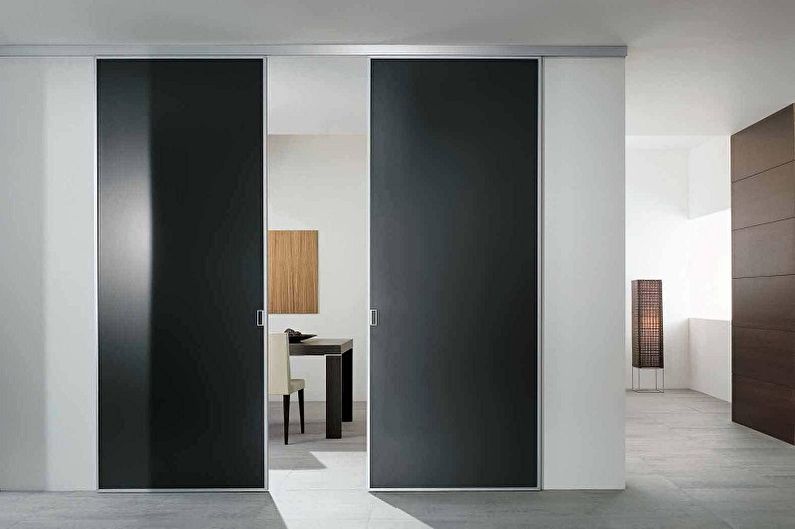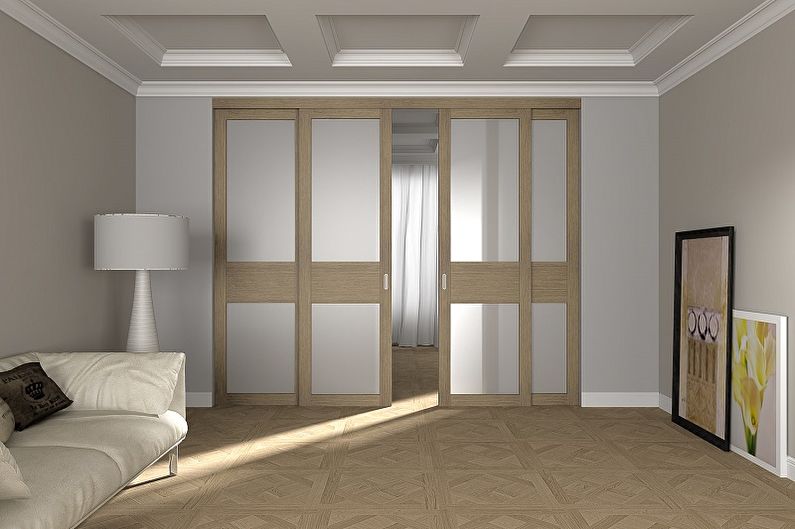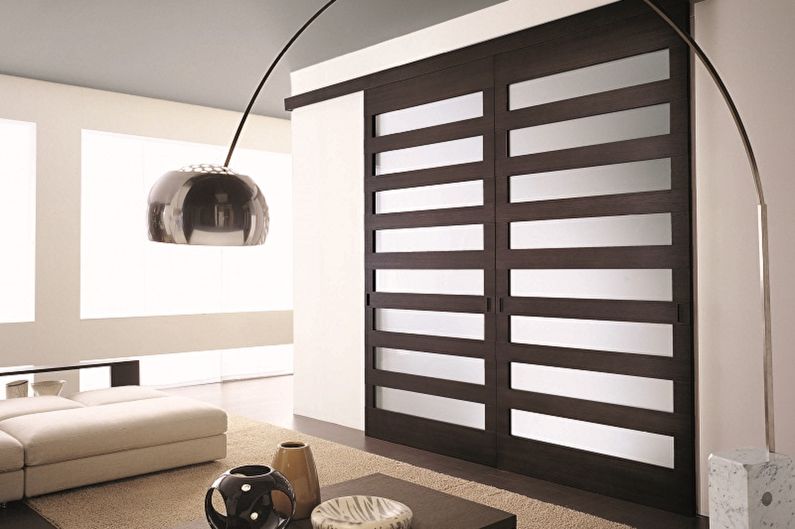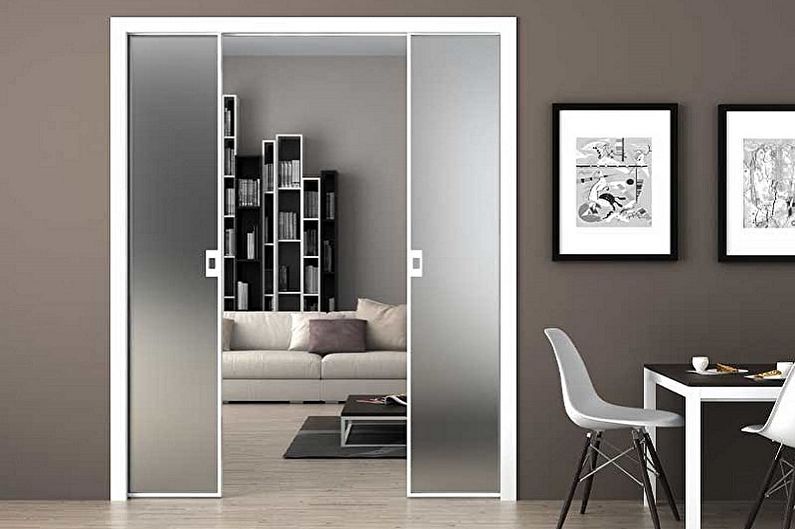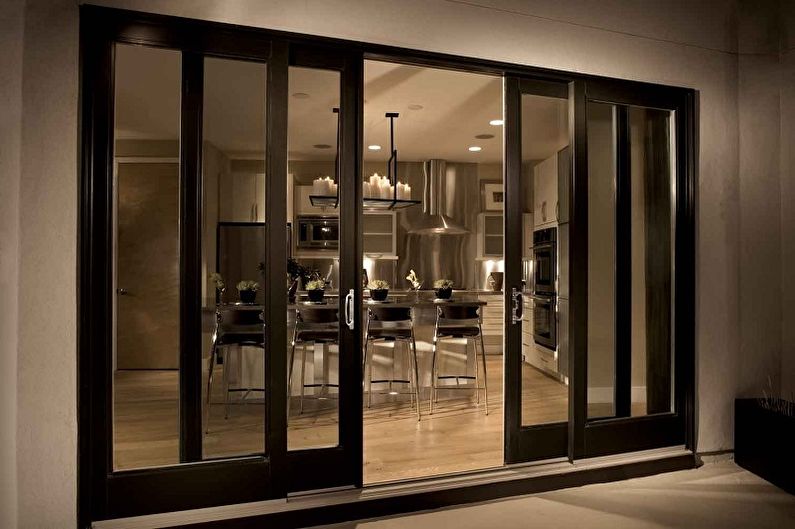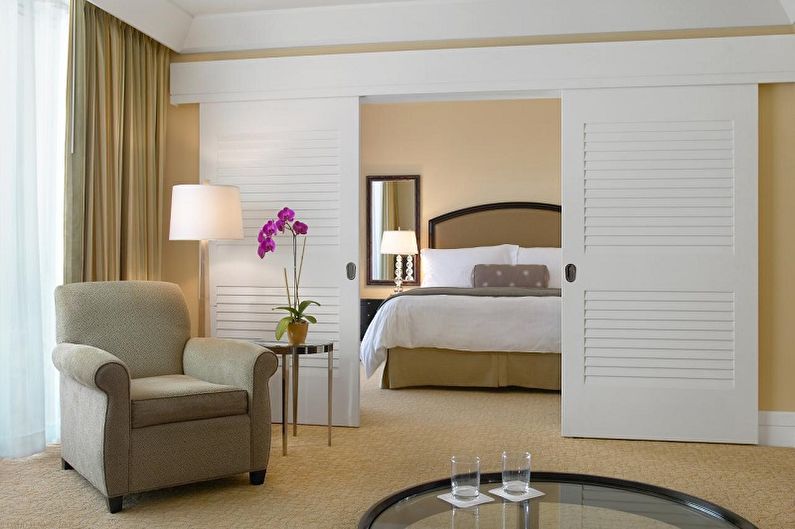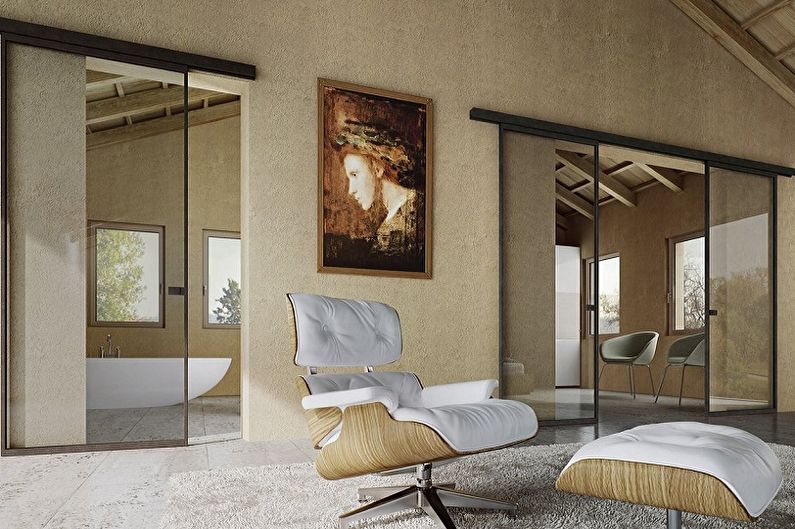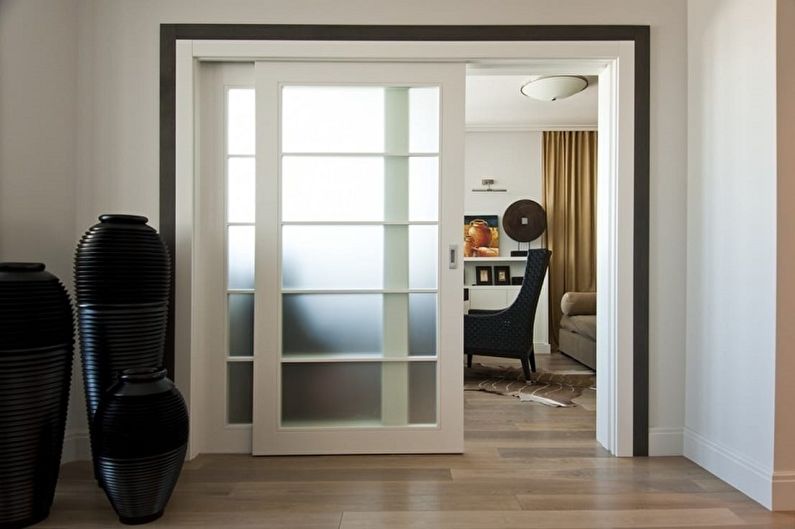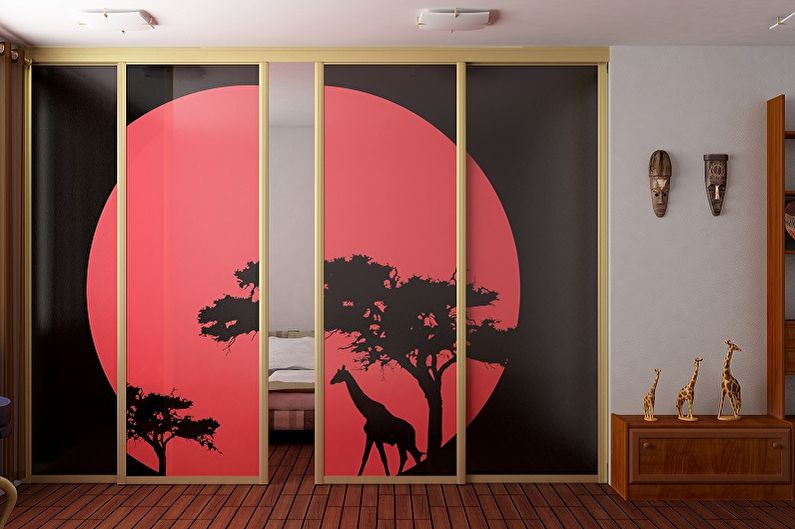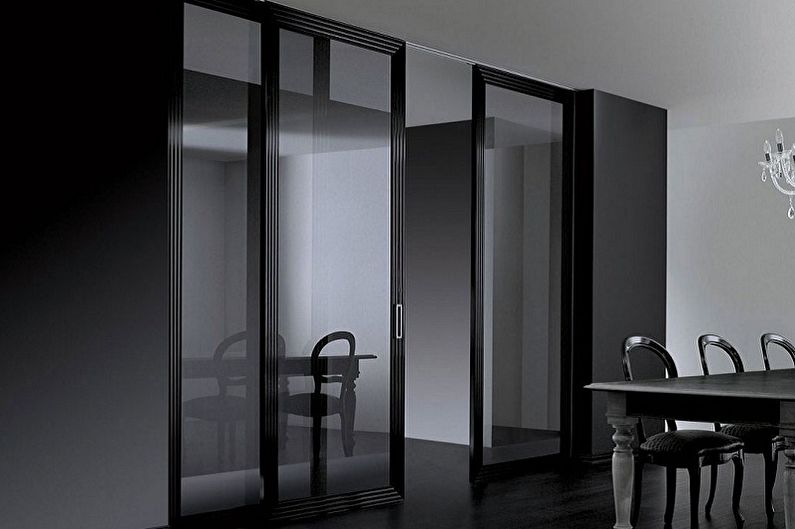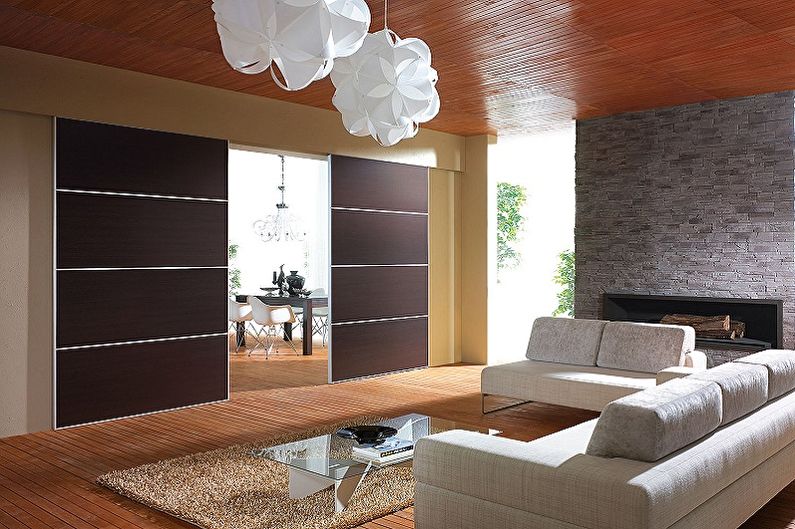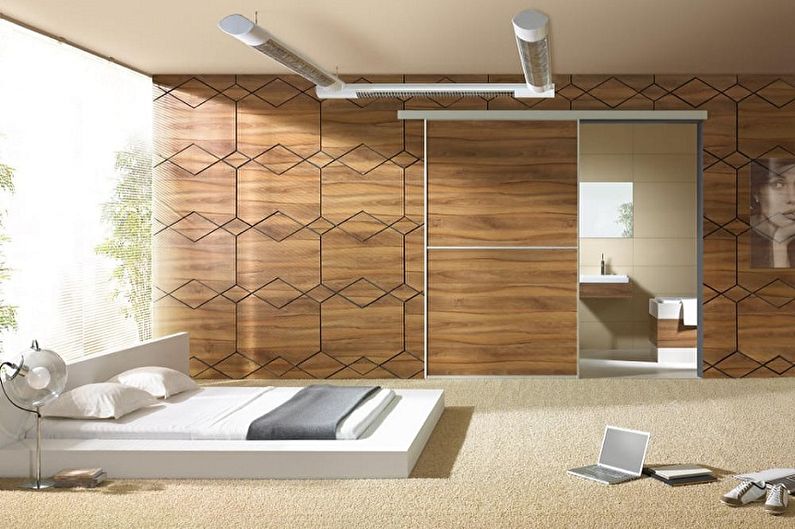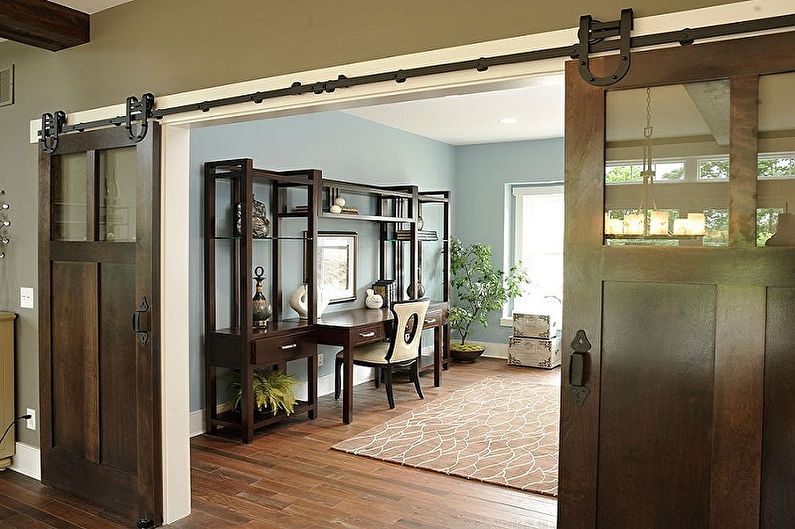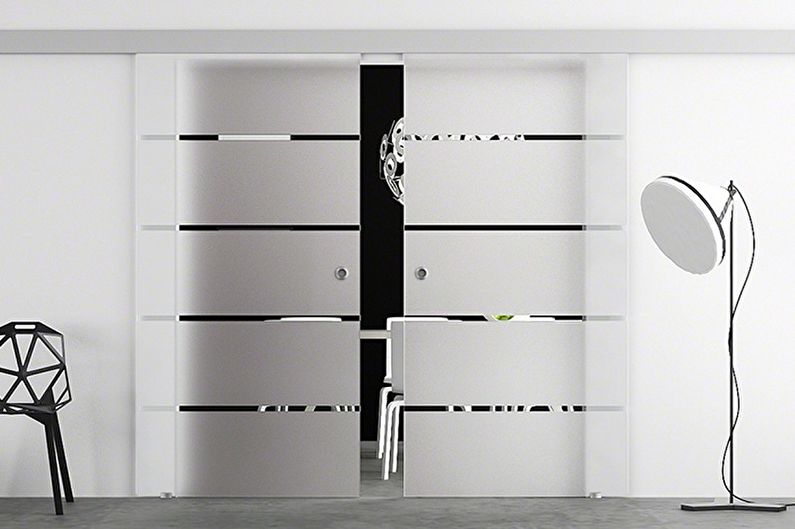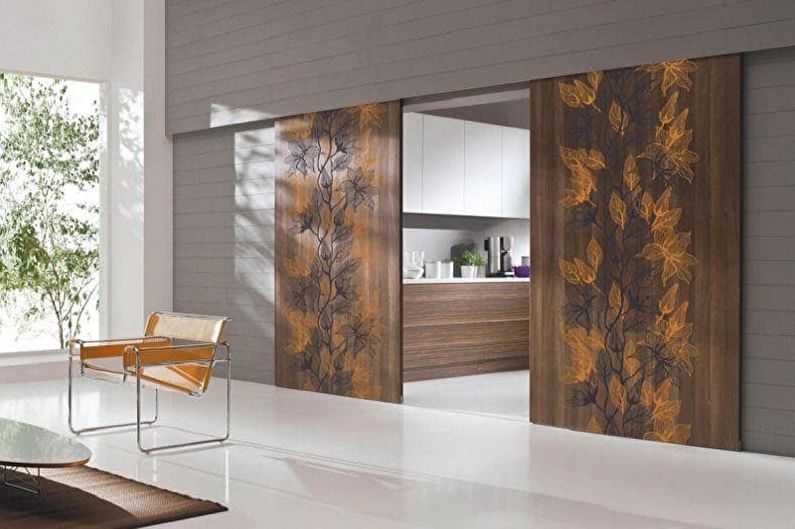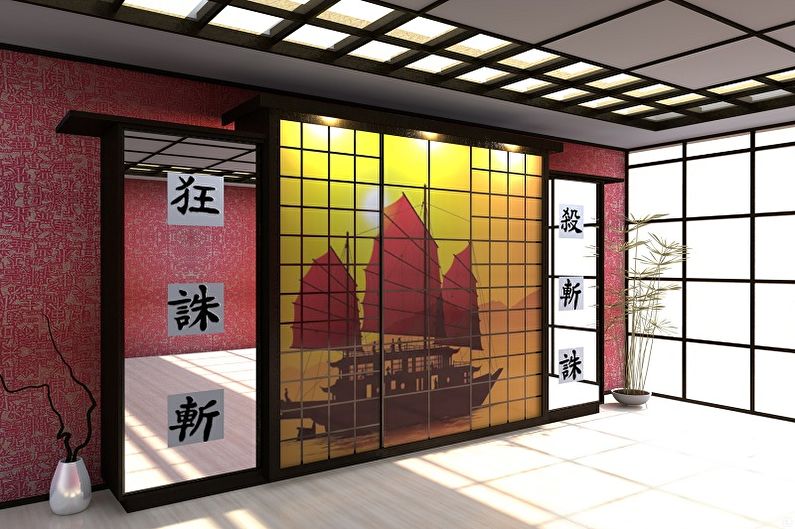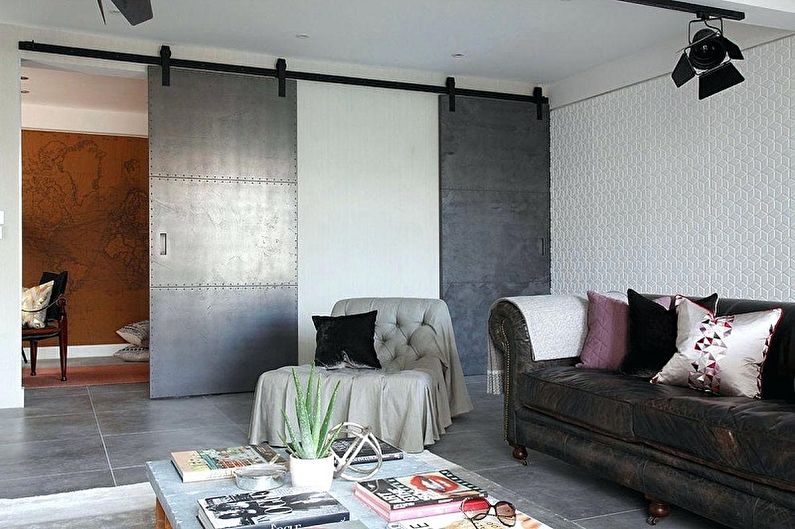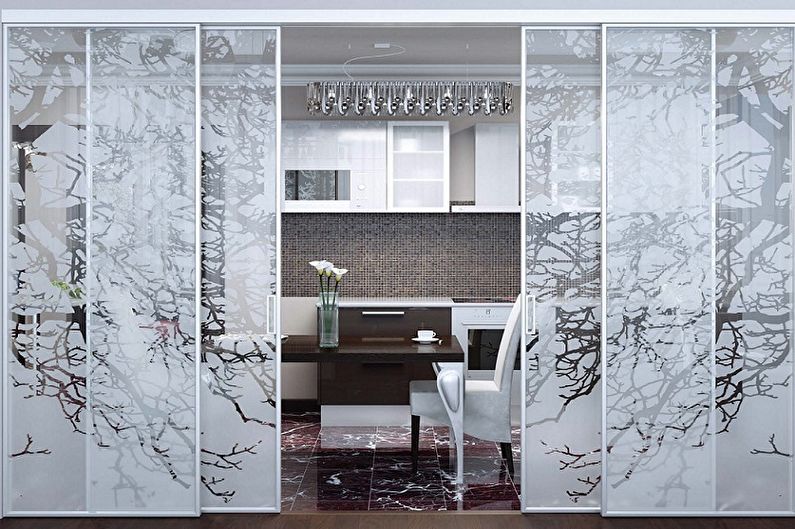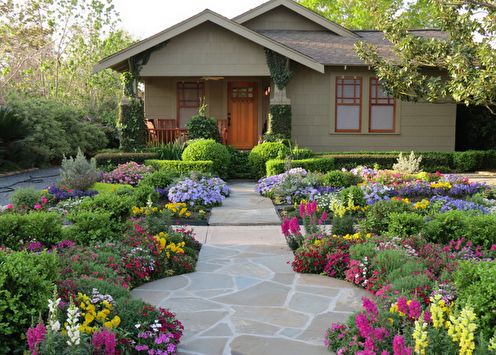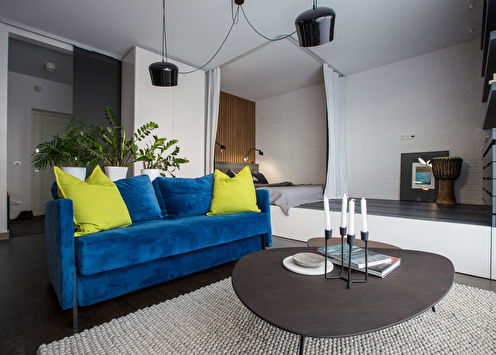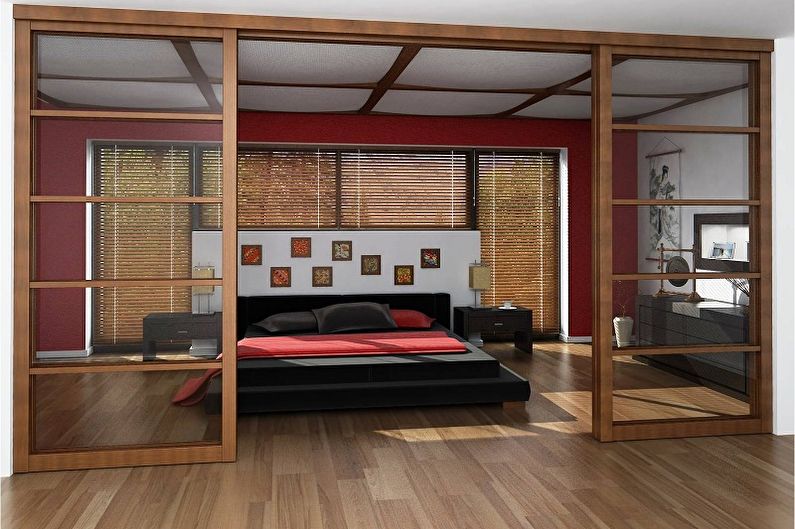
The interior of the house can be called successful when individual details harmoniously complement each other. Interior sliding doors help make the room more stylish and comfortable. They perform both a decorative and practical role. Functionality consists in effective zoning and good sound insulation, and aesthetics - in addition to the general style direction of the room. Today, there are a huge number of compartment doors that you may like. We will help you make your choice and tell you about all kinds of options, characteristics and advantages of interior doors.
Features of interior sliding doors
The sliding design is so versatile that it is equally suitable for large spacious rooms and small rooms. Interior sliding doors are a combination of positive characteristics. For example, one of the main ones is a long service life. Also, the construction will never leave cracks or scratches on the walls or flooring. The ability to create doorways without thresholds also makes the organization of the interior much simpler.
If someone is worried that a separate part may fail, then you can stop worrying. Elements of the door movement mechanism are easy to repair and replace. The downside can only be called a higher cost (compared to classic door models). But the advantages in the form of functionality, unusualness and ease of use significantly prevail.
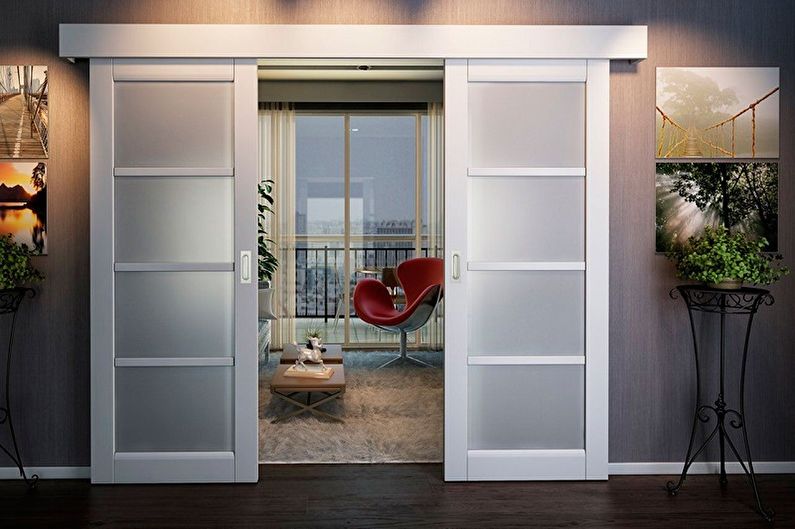
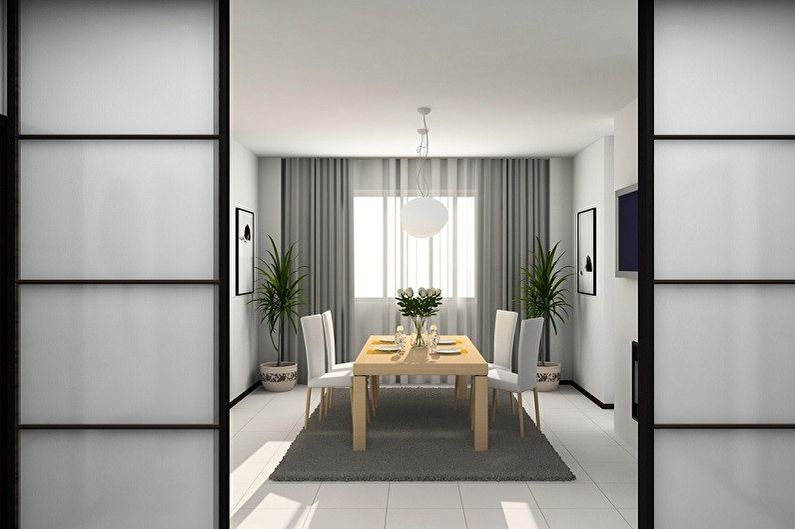
Types of sliding doors by type of movement
One of the important criteria for choosing sliding doors is the structure movement system. We will talk about the most popular of them.
Standard
This is the most relevant type of sliding door. A classic pattern on sashes that move in the direction of the rail along a wall opening. The number and strength of panels can be different.
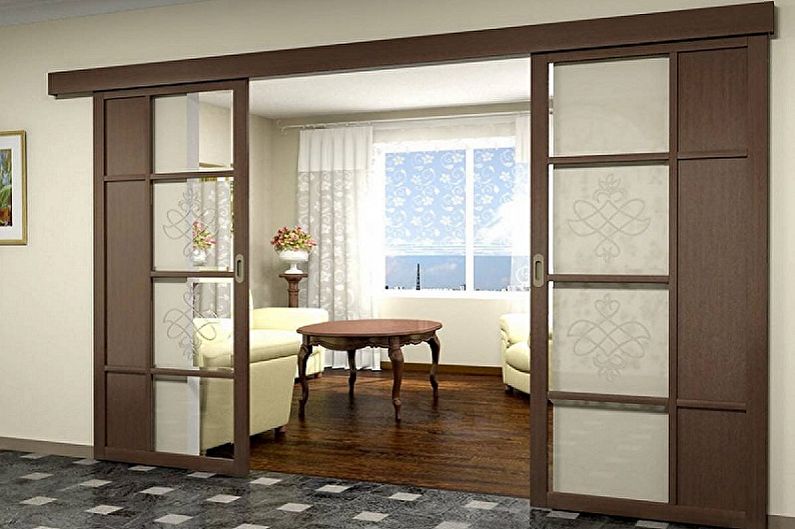
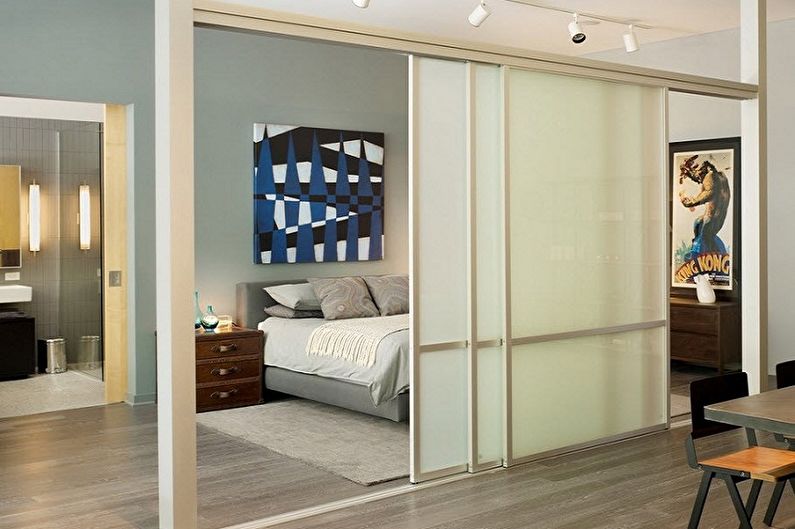
Openings
The essence of the mechanism is that the system is located inside the doorway. When sliding, one half remains open, which will be free. The movement can have two directions, as is the case with cascading models.

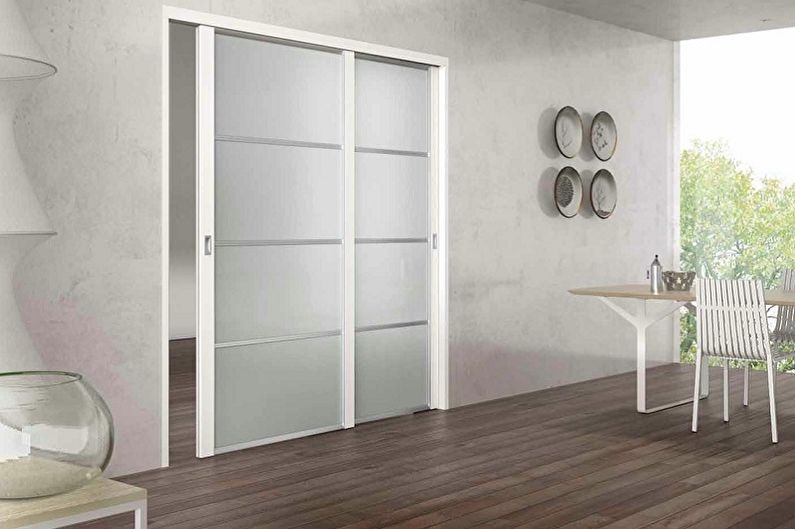
Cassette
The direction of the mechanism is due to mounting. Sashes are hidden in additional niches (they are often called plasterboard cases). The movement system resembles the classic mechanism of standard compartment doors.


Radius
The original design. The shape is oval or round. The movement mechanism can be cassette or completely similar to the conventional coupe design.
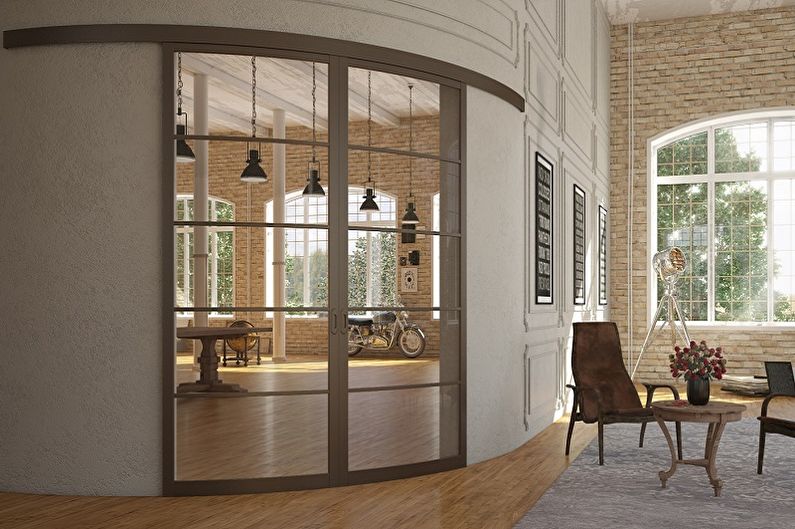
Cascading
This design consists of at least two wings. The main distinguishing characteristic is that each door has its own direction, but the opening brings them together.
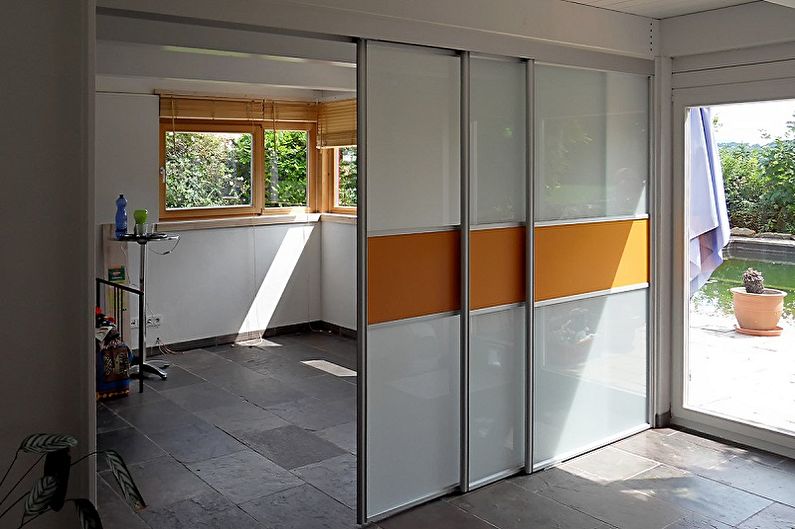
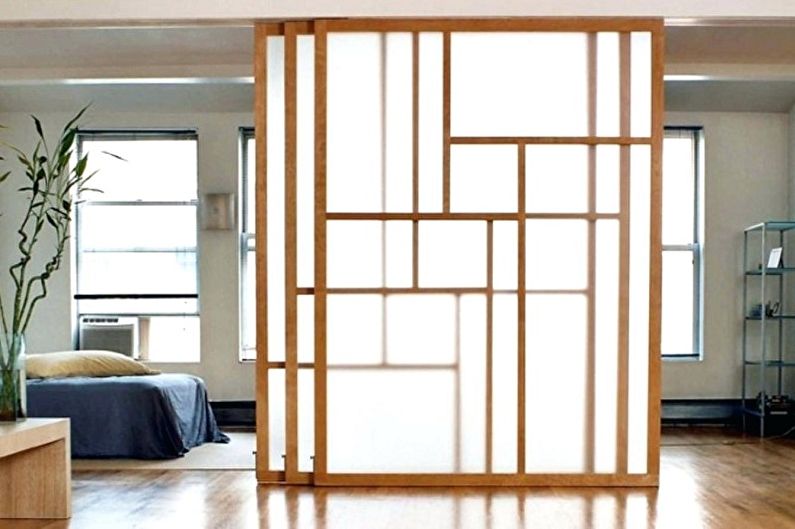
Types of material for interior sliding doors
The composition of the door leaf plays the same big role as the appearance of the compartment doors. Variants of materials for manufacturing differ in their characteristics, properties and aesthetic side of the structure. We will consider the most popular options:
Wood
Natural composition, which is the most expensive among other types of interior sliding doors. The design can be made exclusively of environmentally friendly wood or combined with other materials. Doors made of this material will complement the interior of the loft and country.
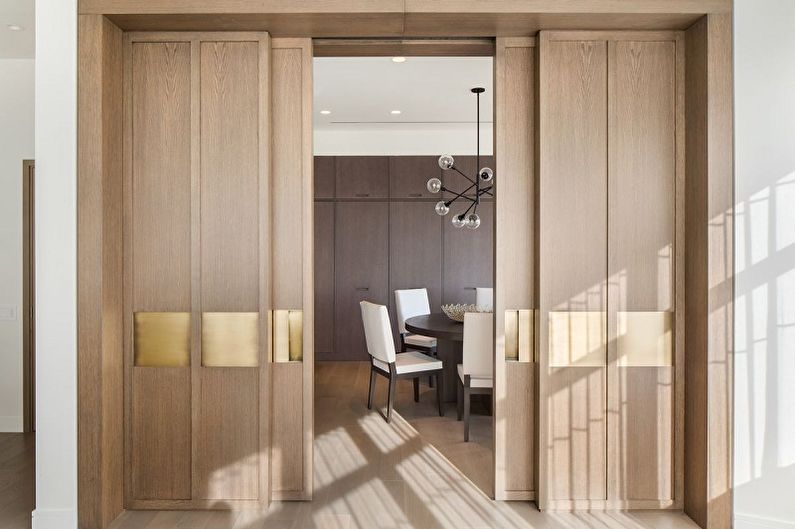

Glass
To create interior doors from such a special material, durable plexiglass is most often used, with which not only the wings are formed, but also the main facade. Appearance can be monophonic, multi-colored or decorated with additional decorative elements or a glossy surface.Such a solution would be optimal for hi-tech or minimalism.
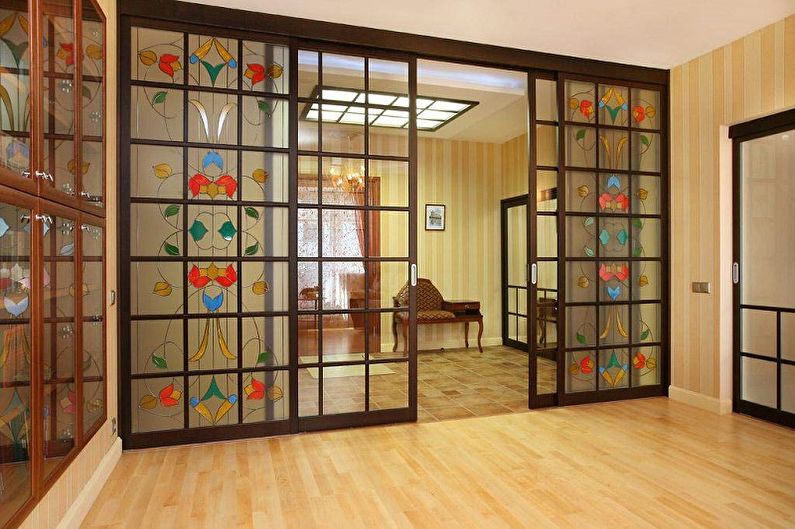
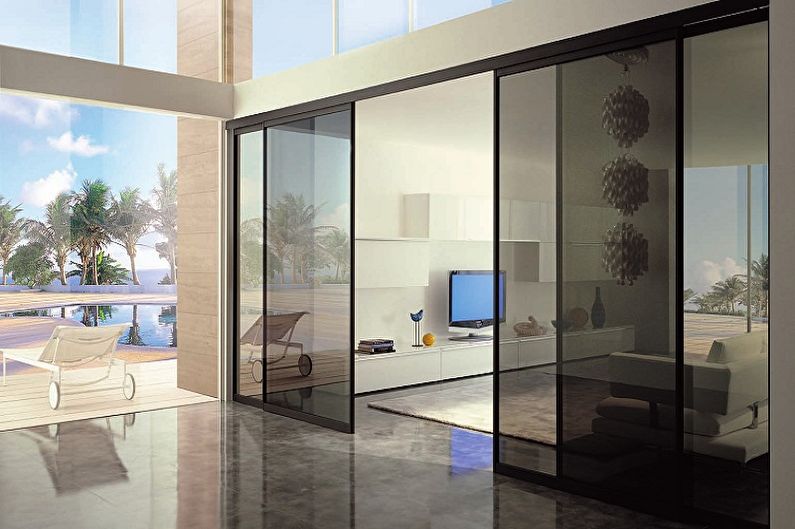
MDF
The loyal price and elegant appearance made this material one of the most popular for creating sliding doors. Panel details are slightly reminiscent of a wooden coating; they are easily amenable to decoration, painting and milling. Such sliding doors can decorate a room in the style of Provence.
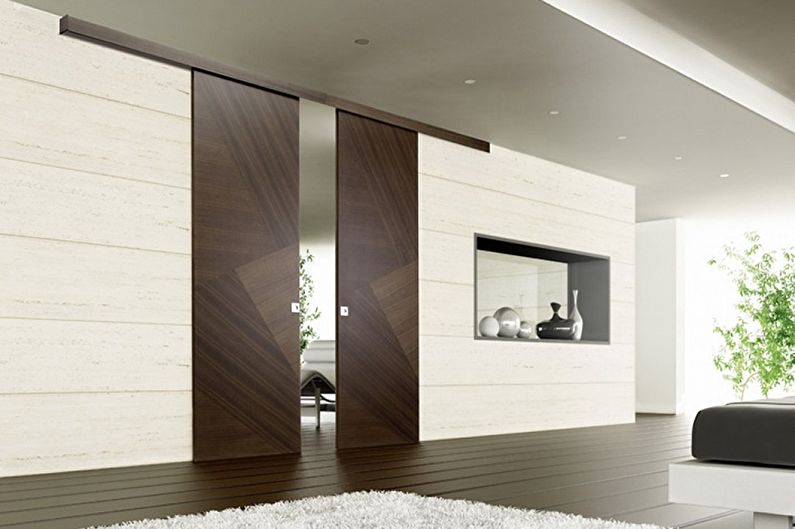

Metal
The composition may include steel, copper, as well as aluminum. It is from them that moving rails, decorative elements and fittings are performed. The strict laconic look and maximum durability will fit well into the interior of a high-tech or classic.
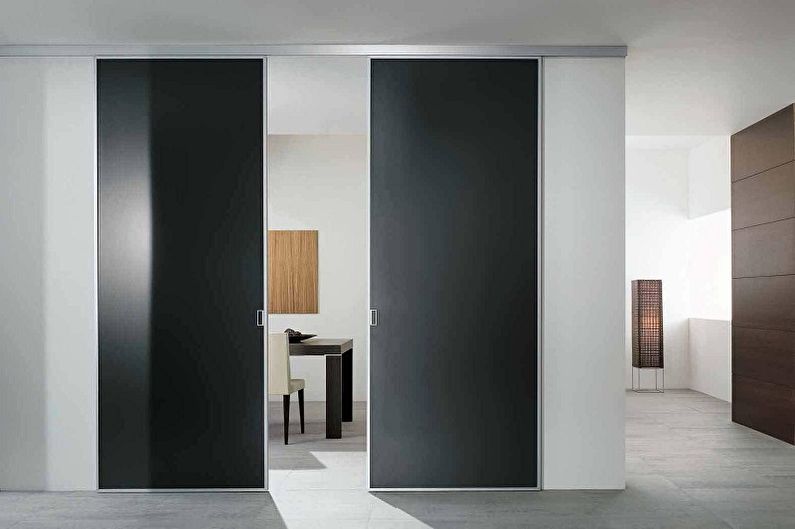
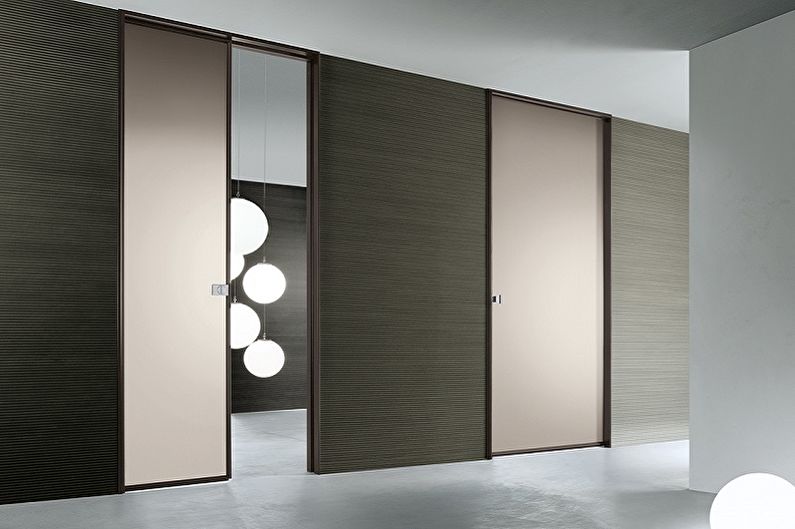
Plastic
This component of the composition is already slightly outdated and rarely used as a full-fledged material for interior sliding doors. More often with its help simple and stylish colic and carriage of the motion system are created.
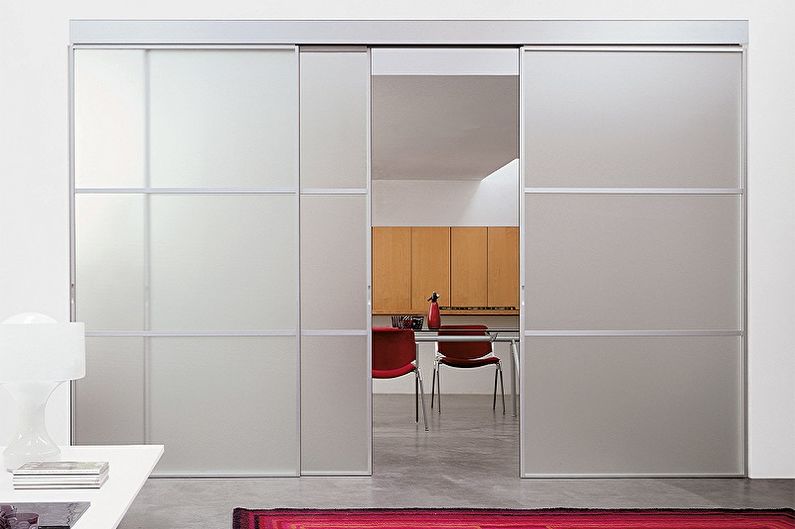
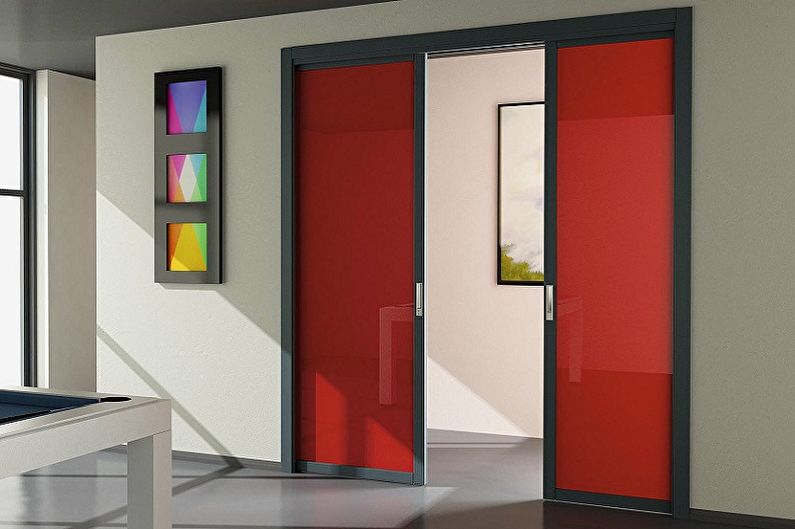
How to choose a compartment door
We have compiled our list of practical tips that you should pay attention to before proceeding with the purchase of interior sliding doors:
1. Decide on a design mechanism that seems simpler to you. There is a parallel-sliding and folding option.
2. Pay attention to the shape of the guides.
3. Zoning the room with the help of interior doors should be soft and organic, and not be out of the general direction of design. The color difference should not be more than one tone.
4. Before buying, you must definitely change the doorway. This will help determine the desired height, width and size of the door leaf.
5. The composition of the structure should be in harmony with the interior design.
6. The facade can be decorated with special glass, a glossy surface, vinyl stickers, paintings or other techniques.
7. The door frame must be durable, without any cracks or scratches.
8. Check the quality of each part: sashes, rollers, guides.
9. Steel wheels are considered the most durable.
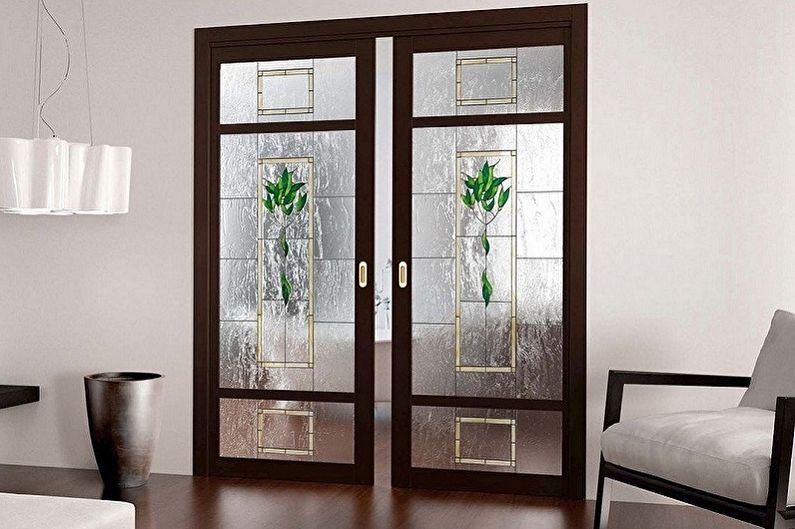
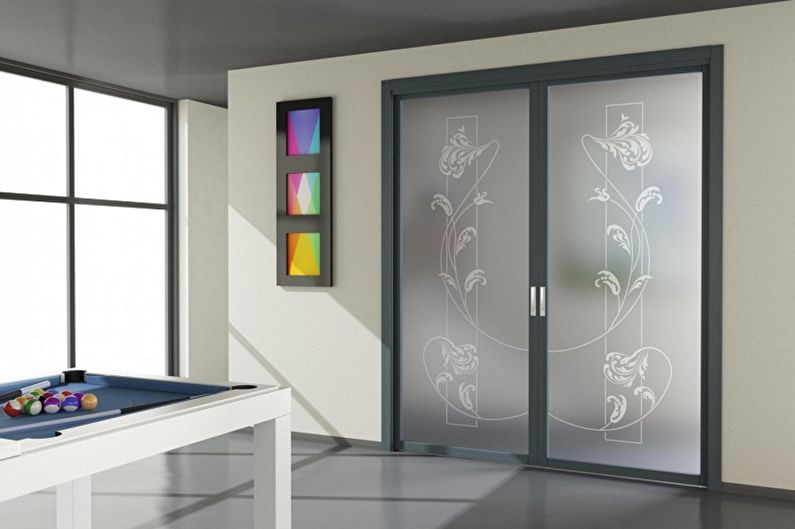
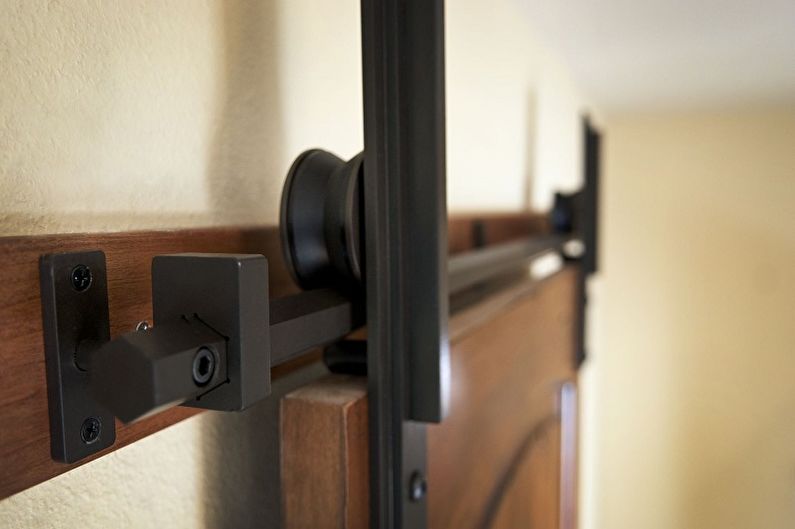
Interior sliding doors - photo
Our collection of photos will familiarize you with the aesthetics of interior sliding doors in the design of rooms of different styles, sizes and colors. Enjoy watching!


